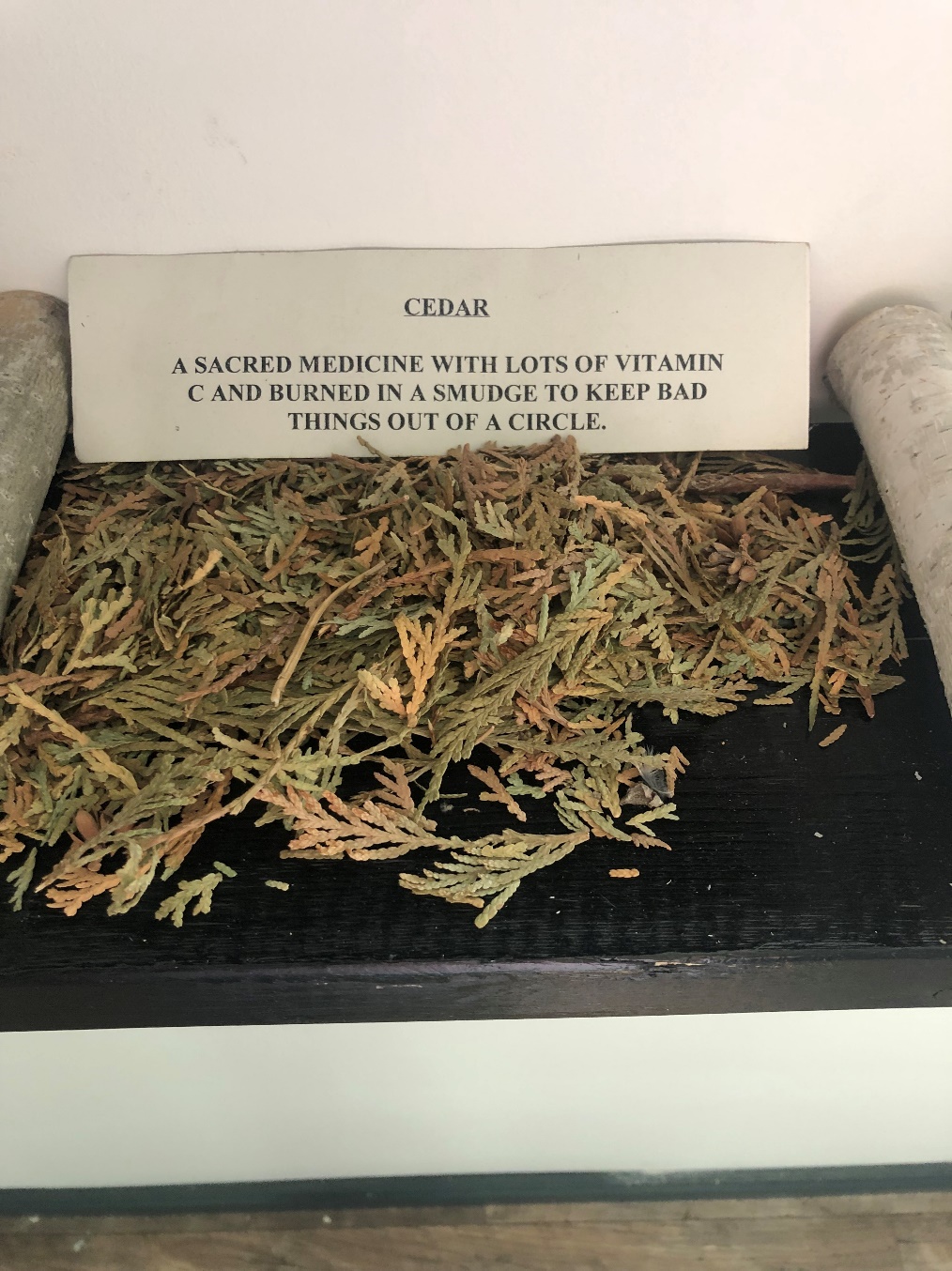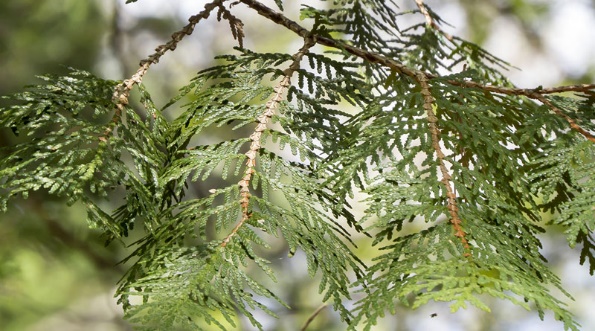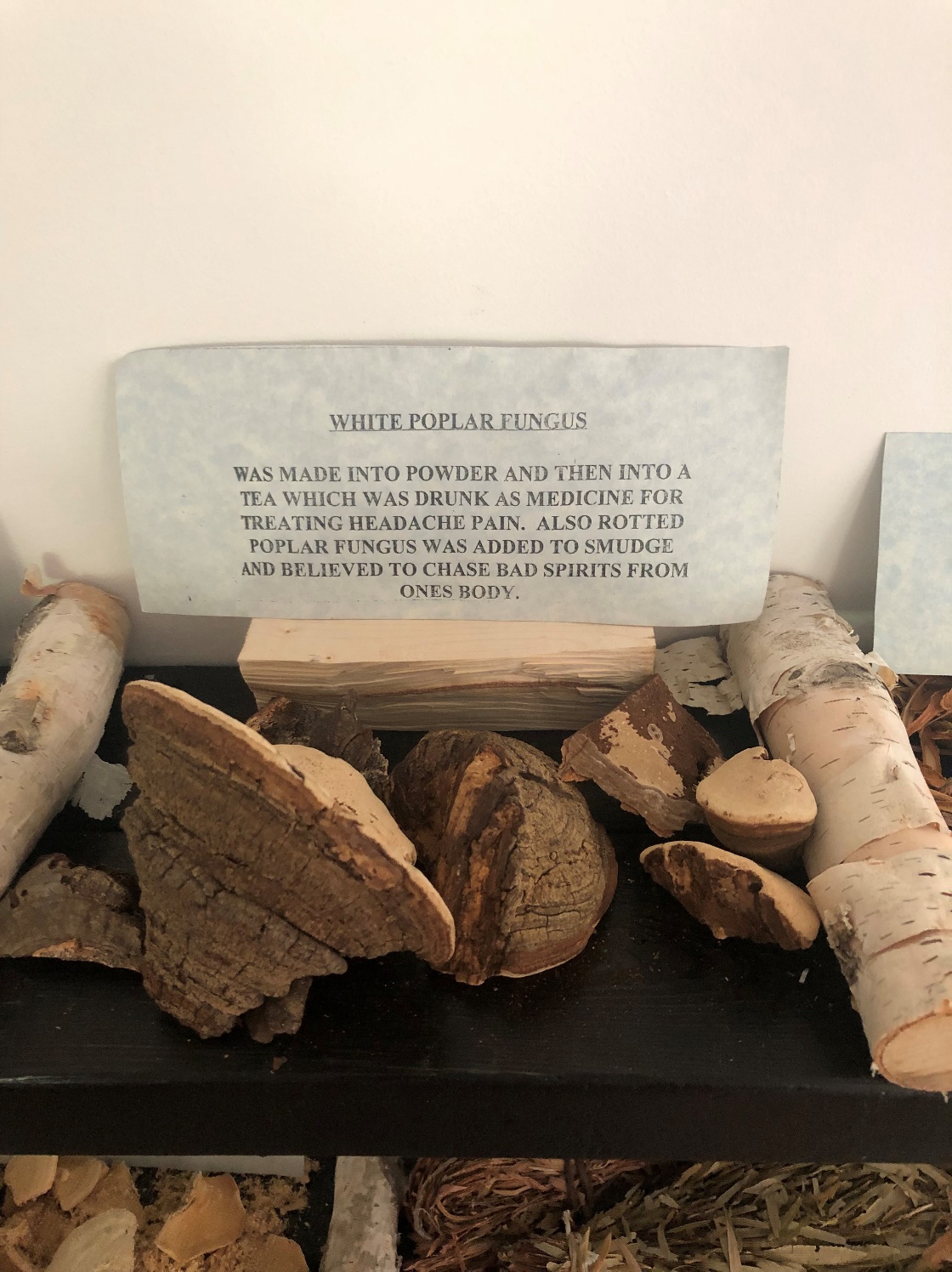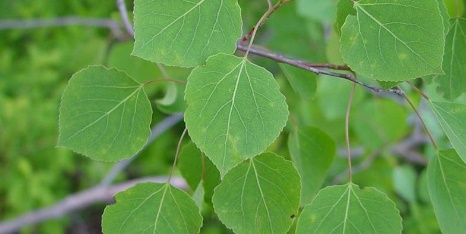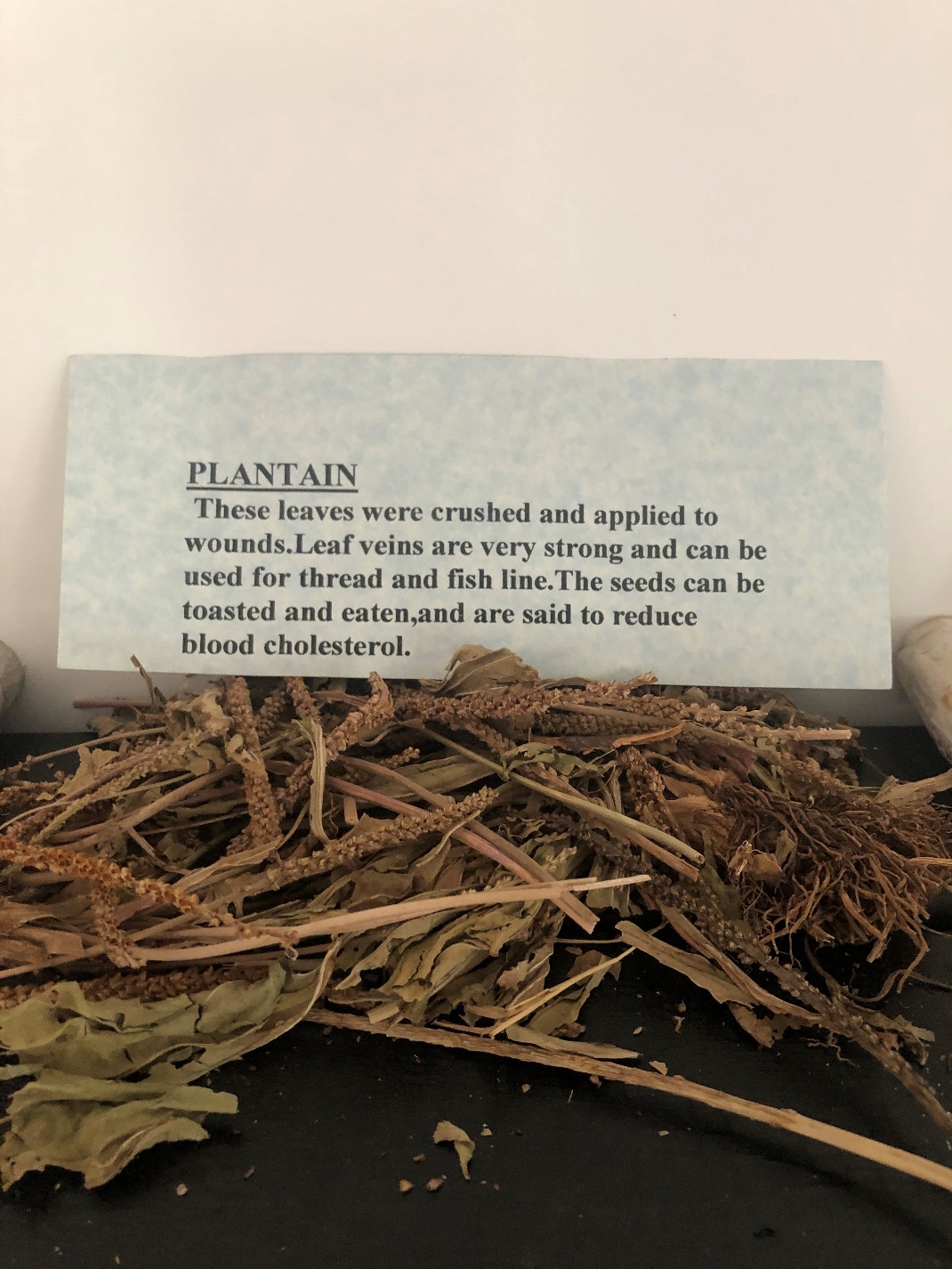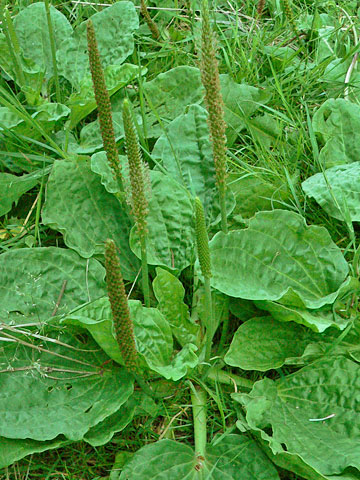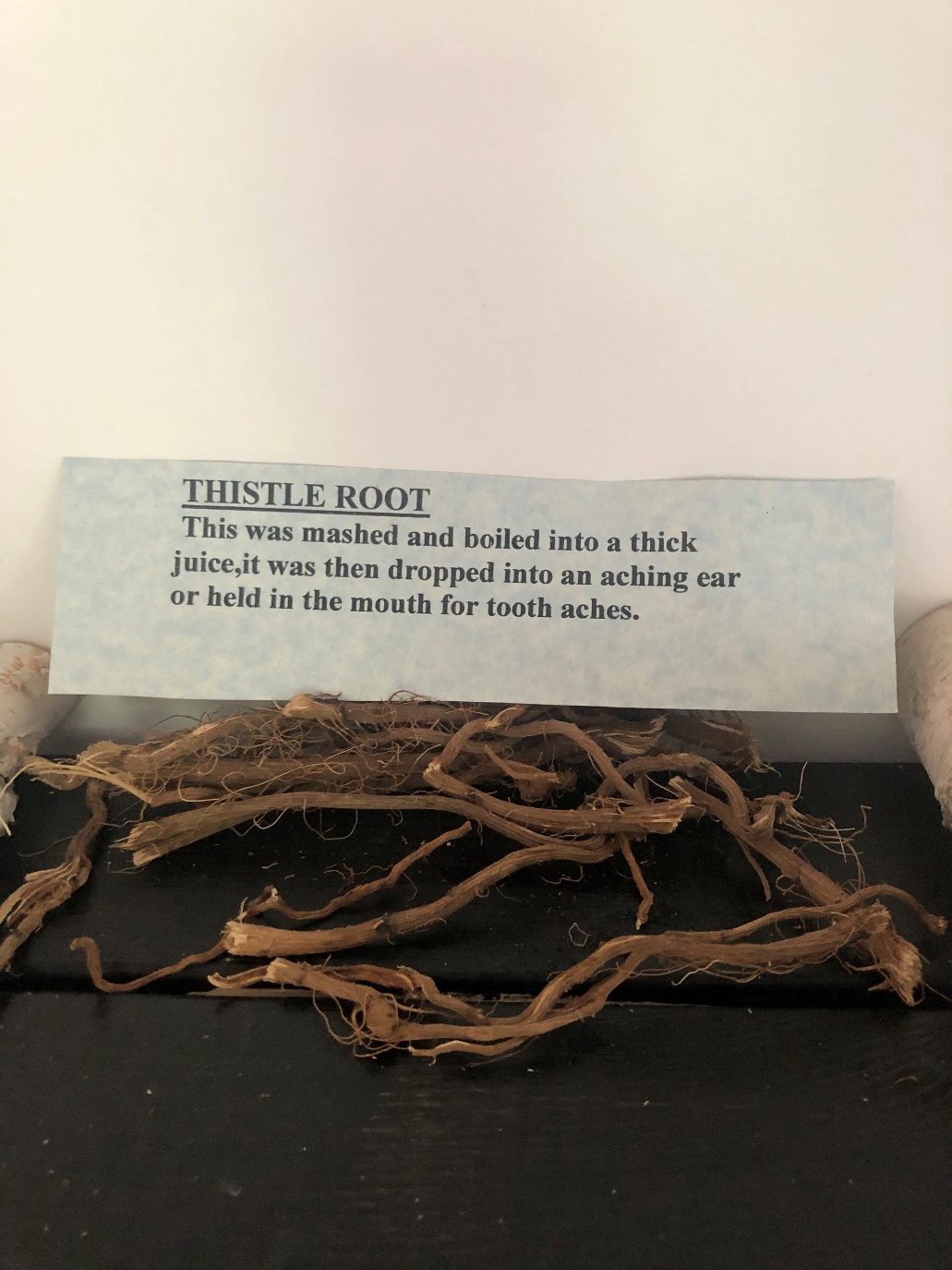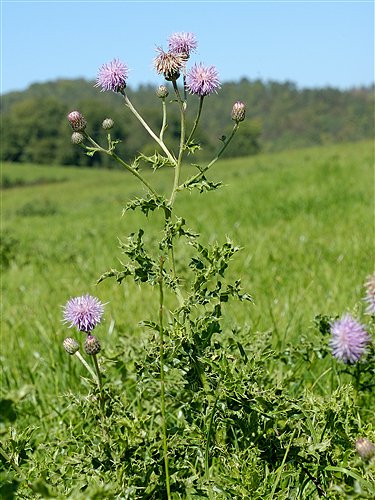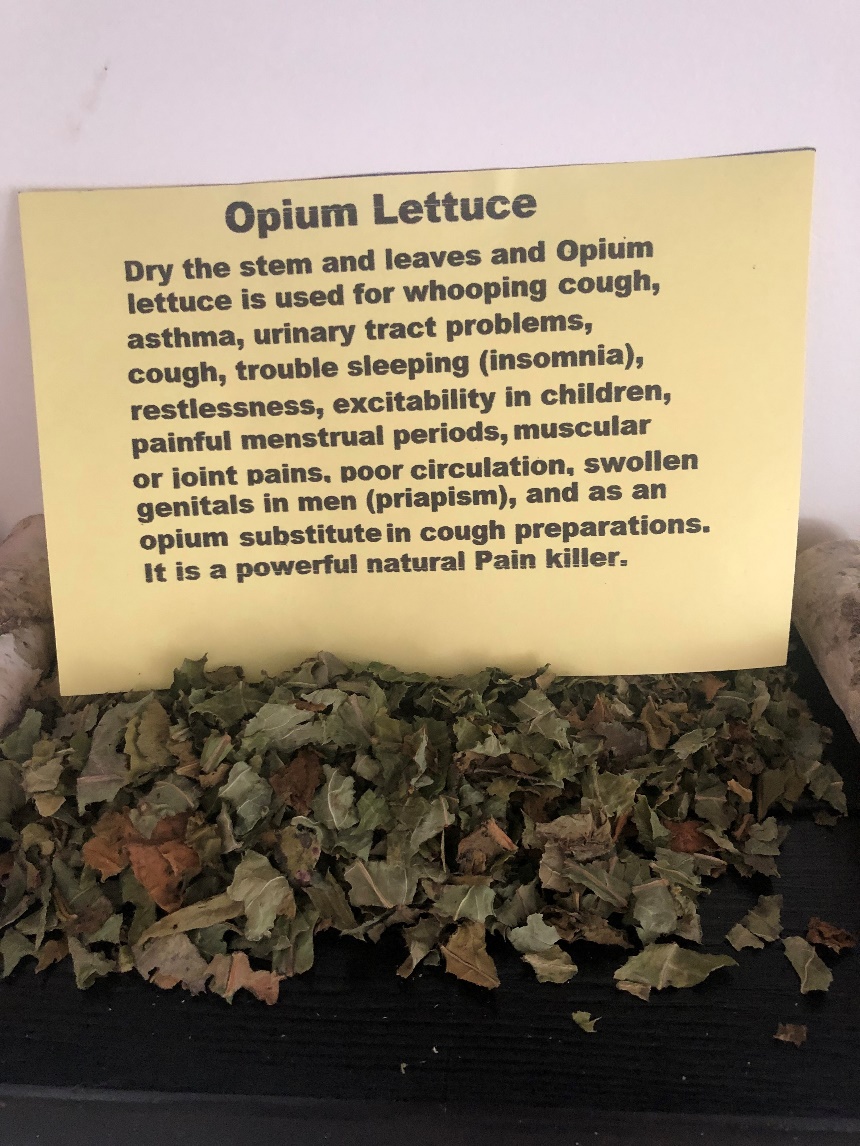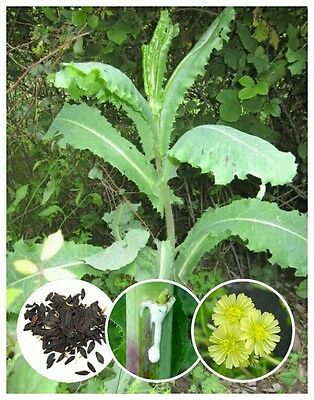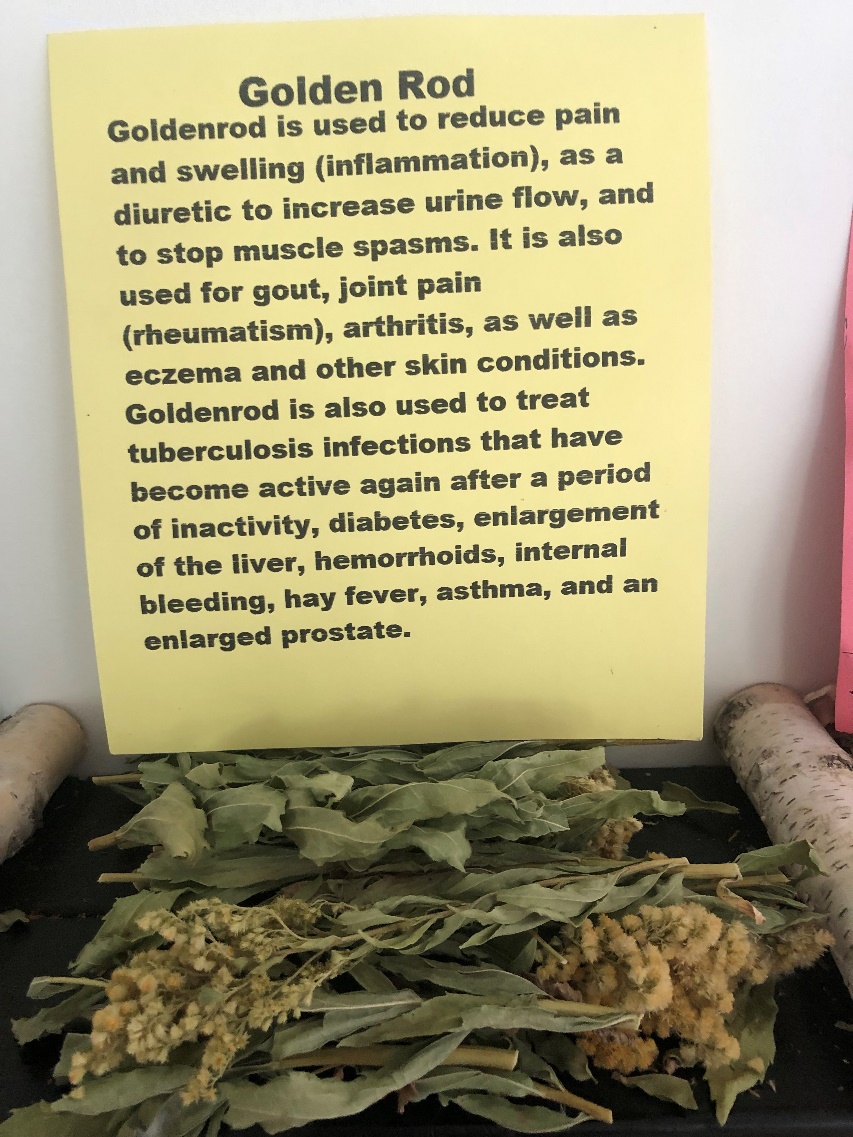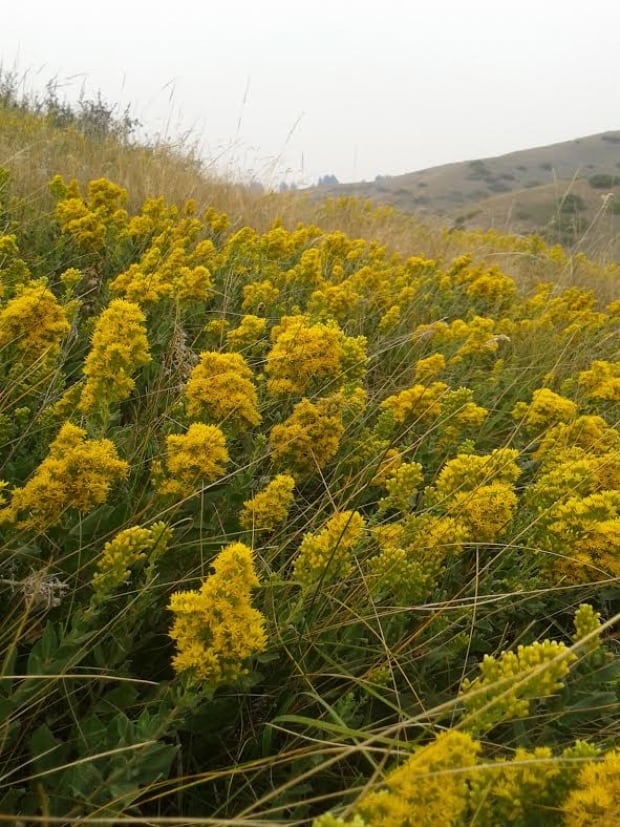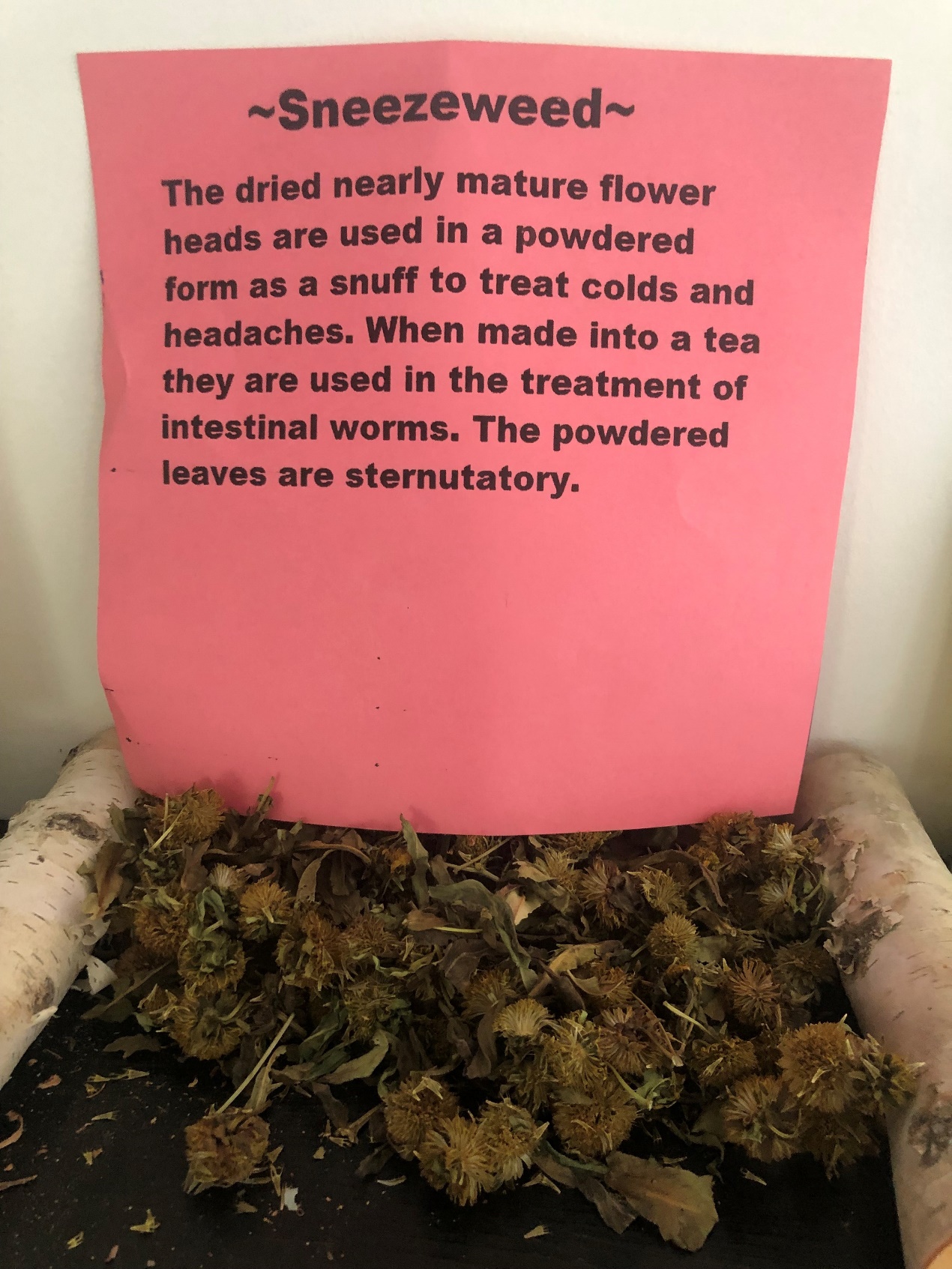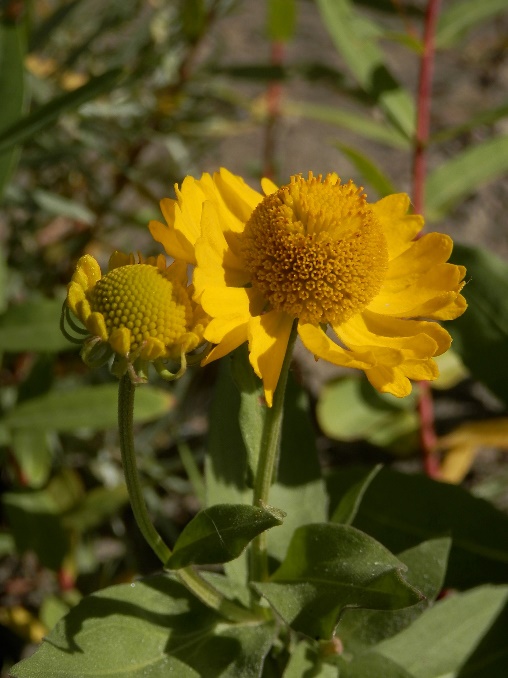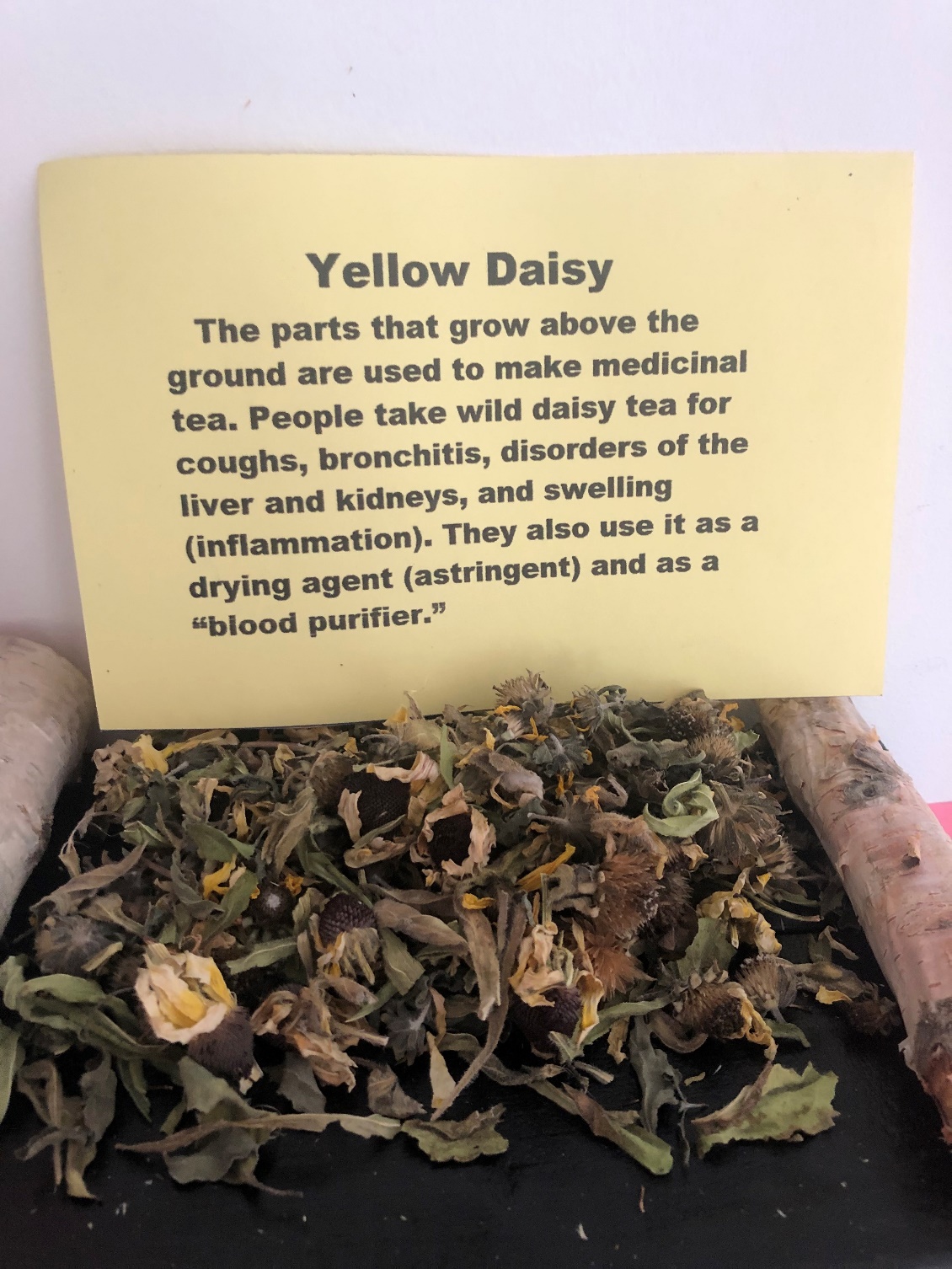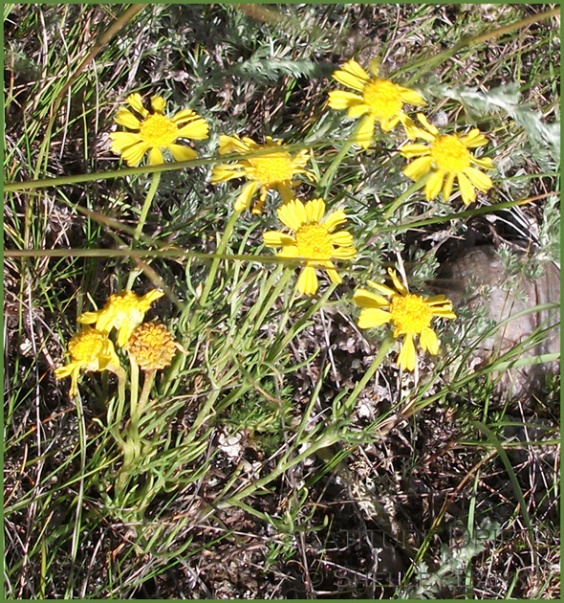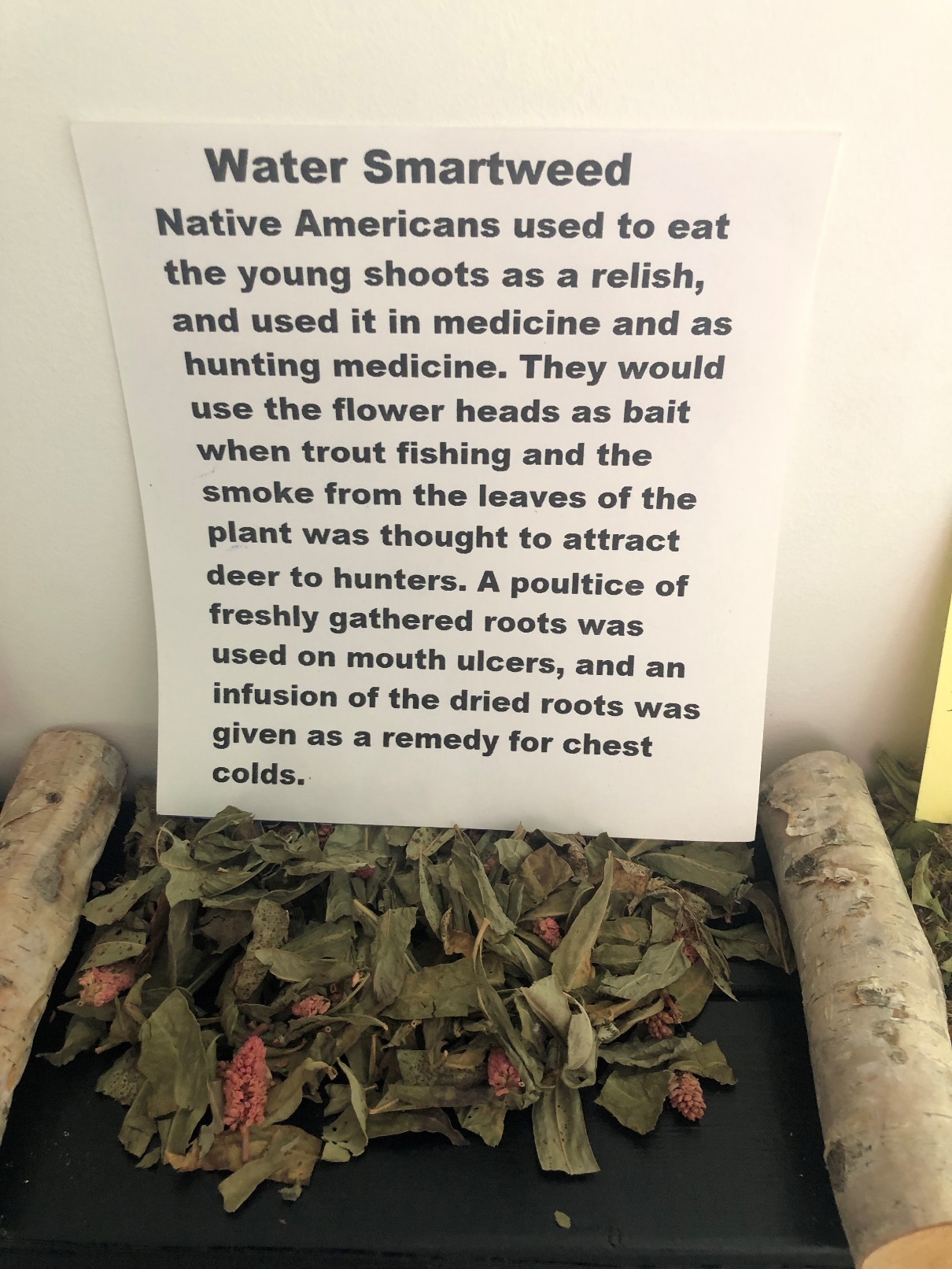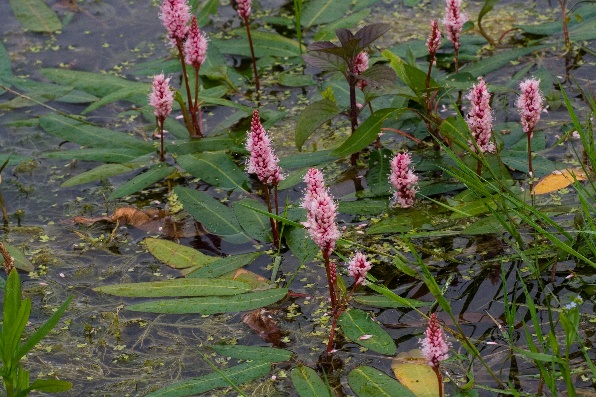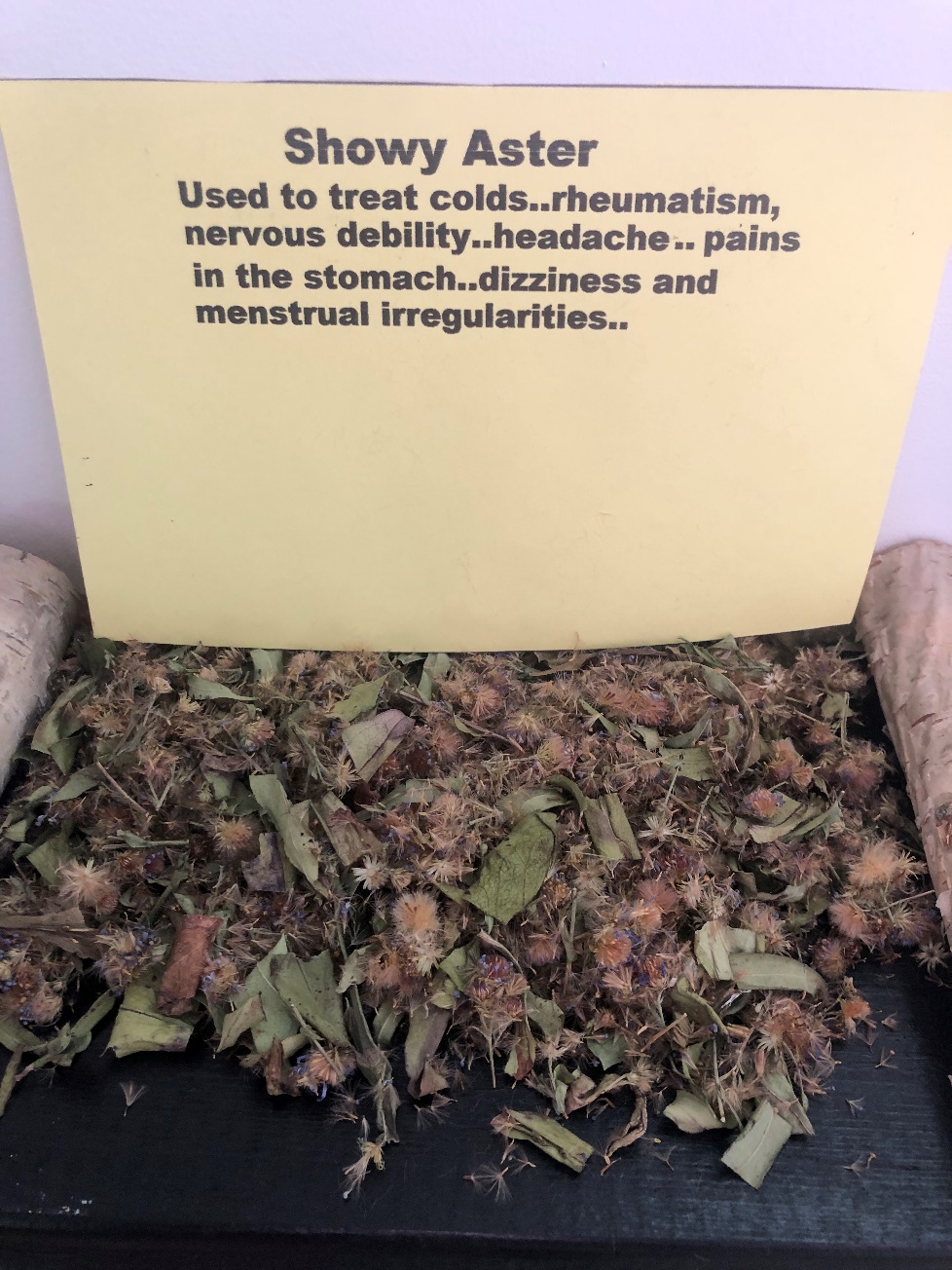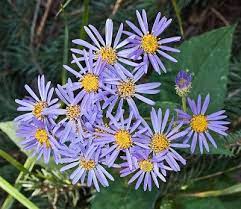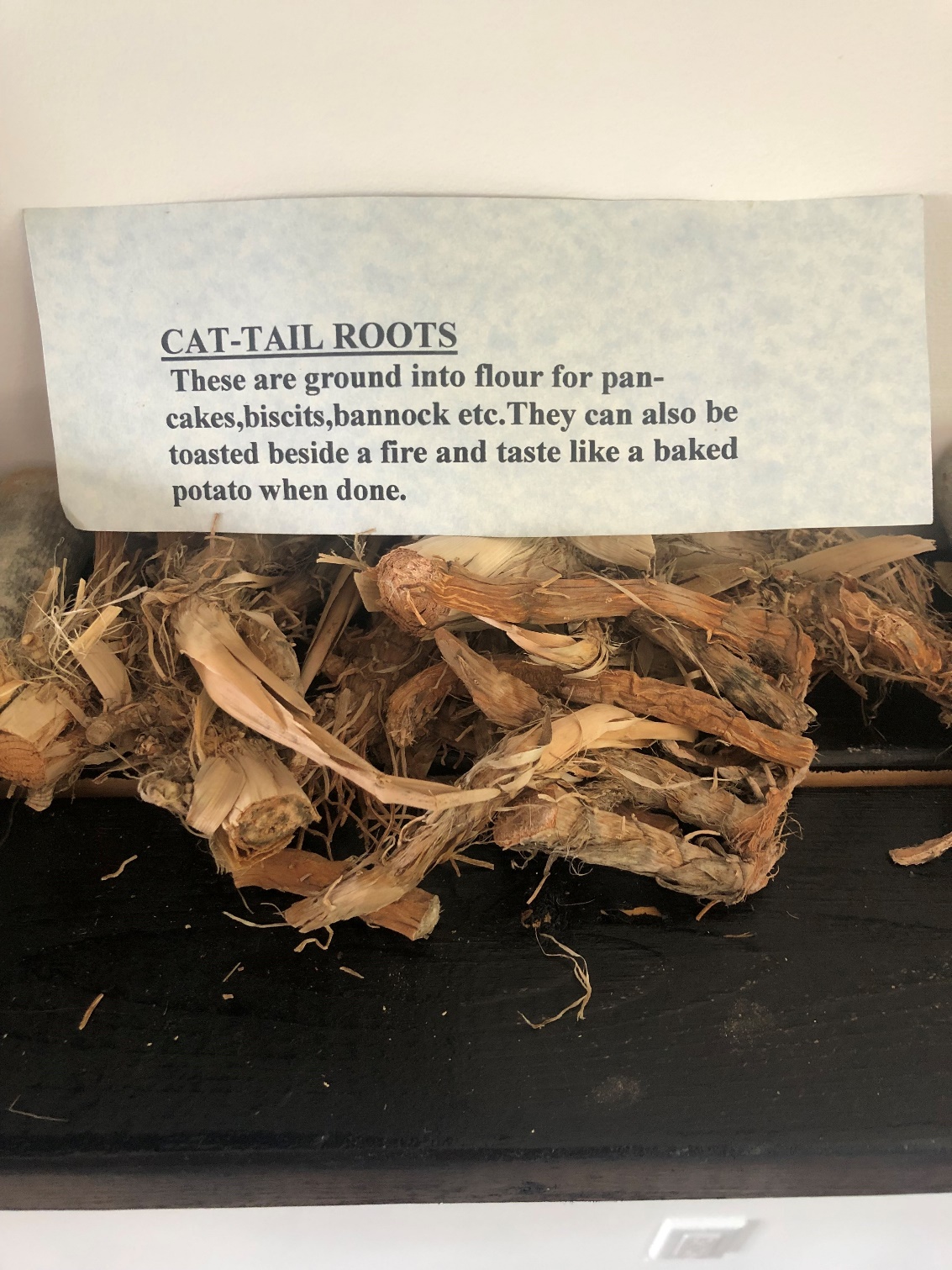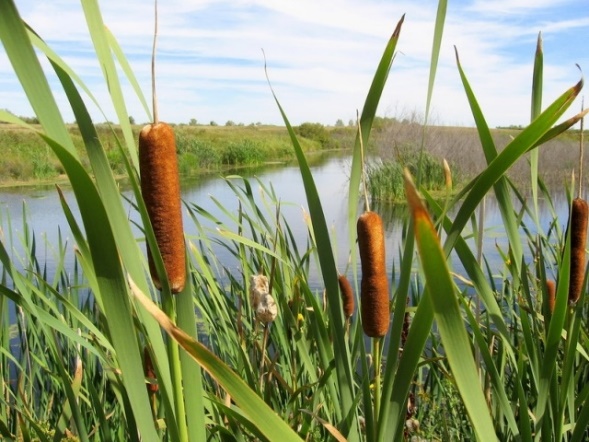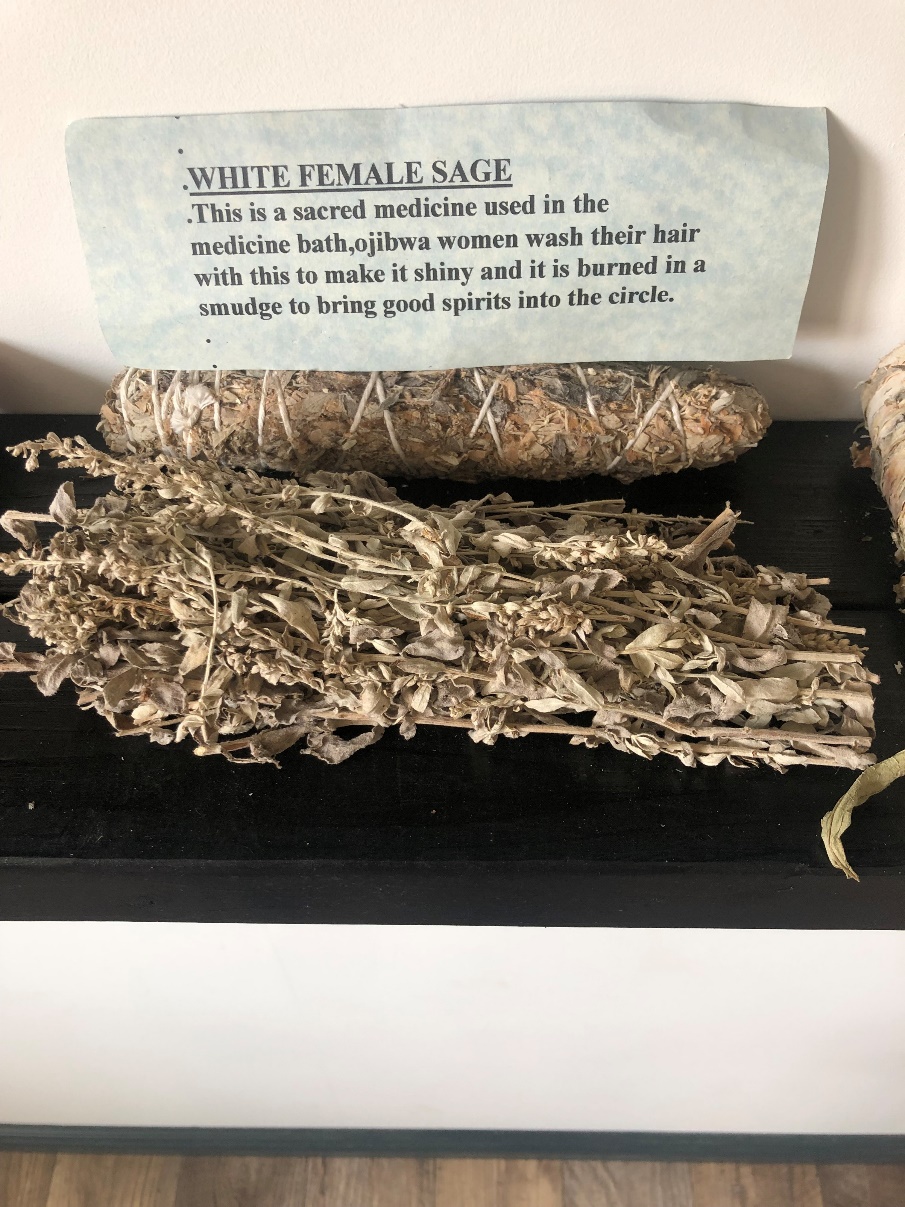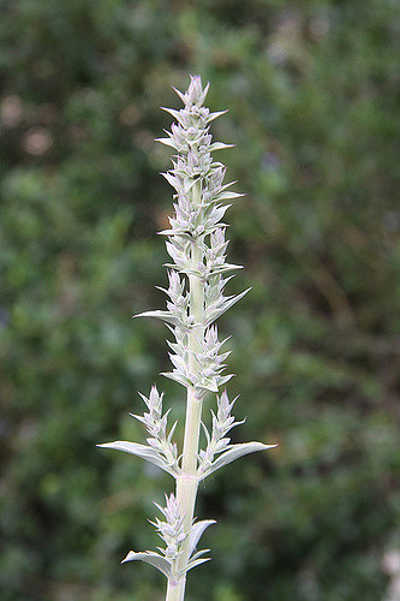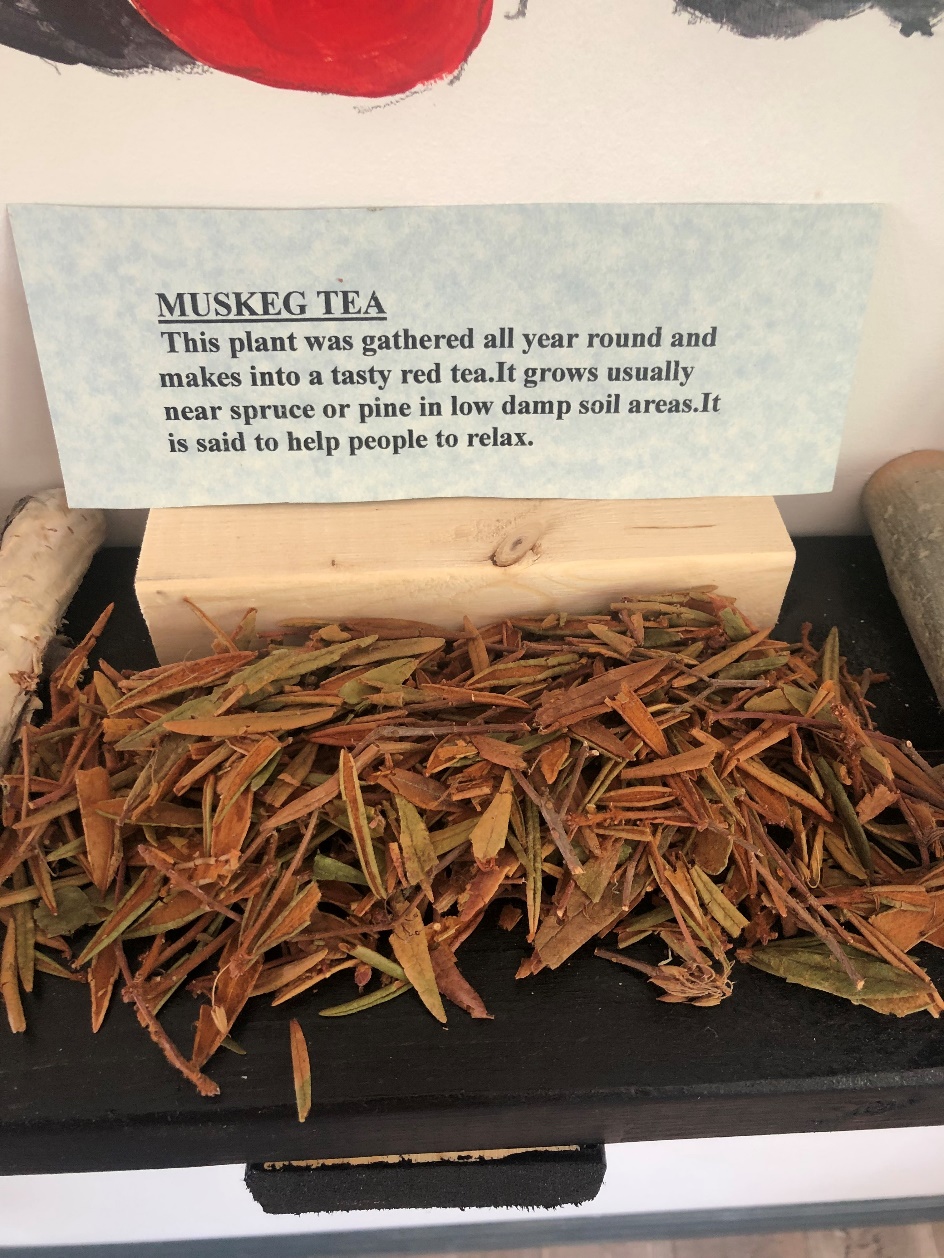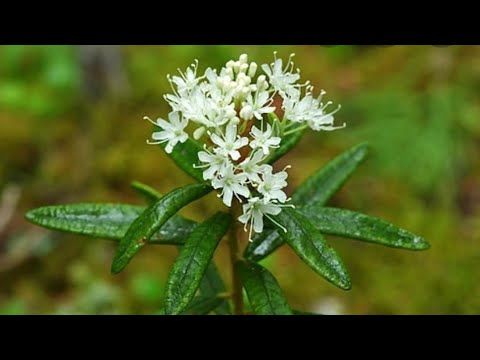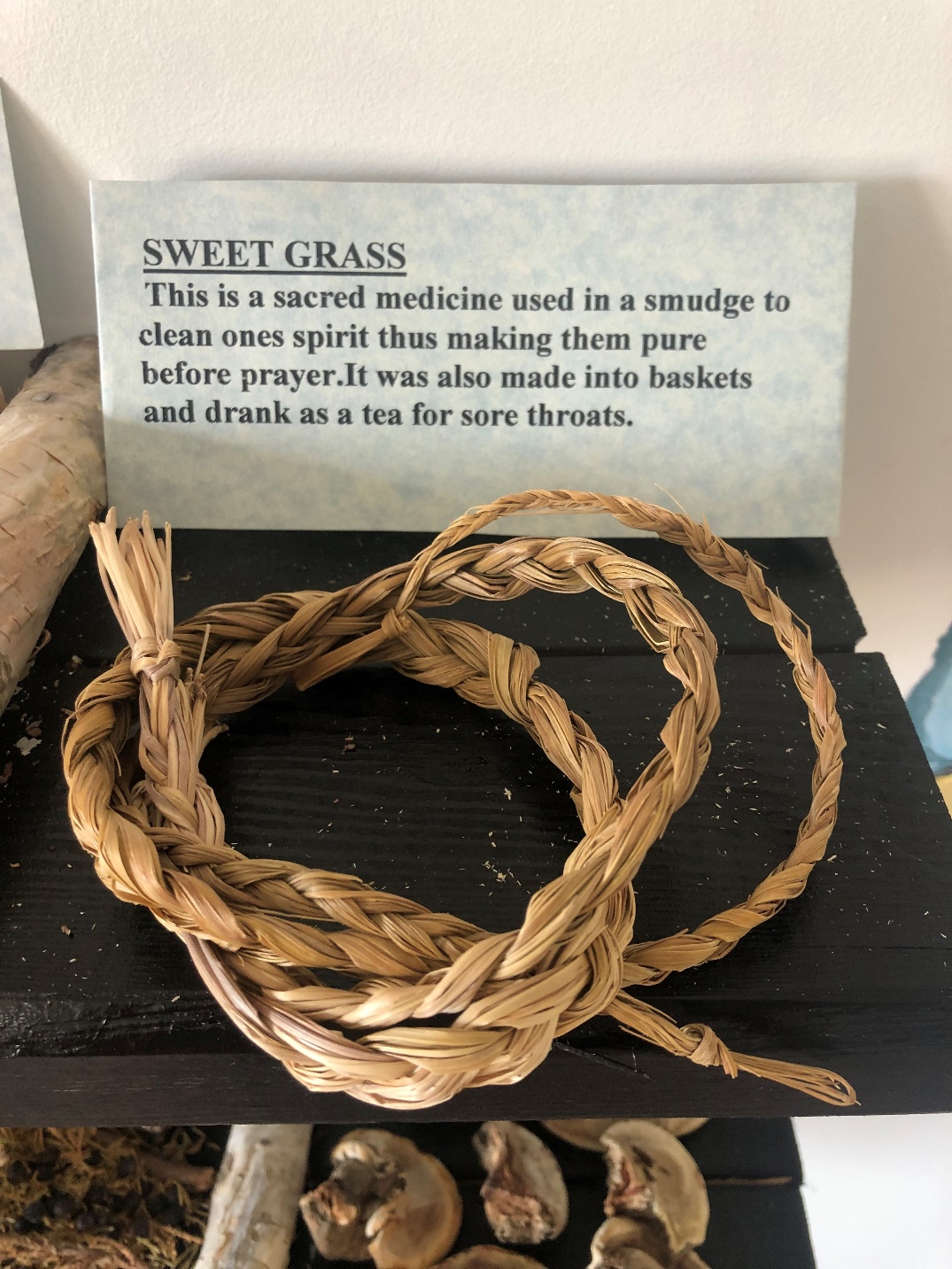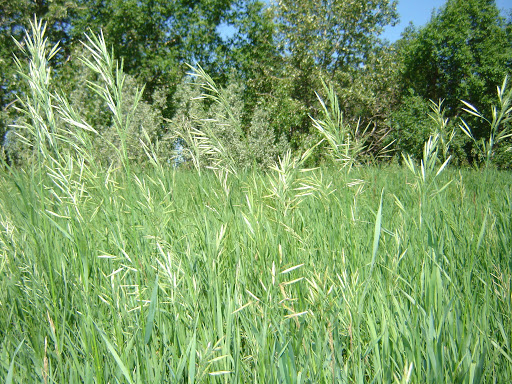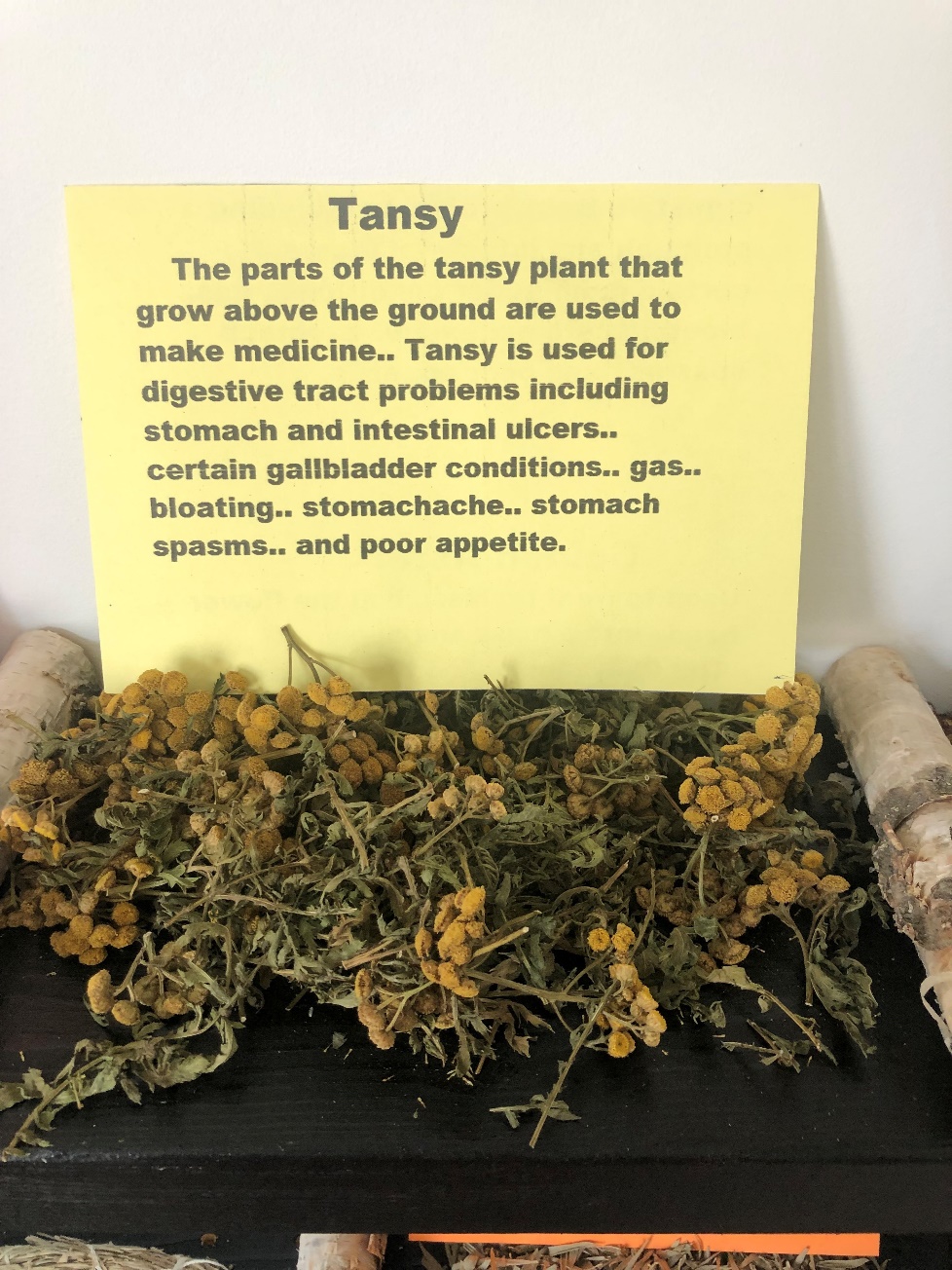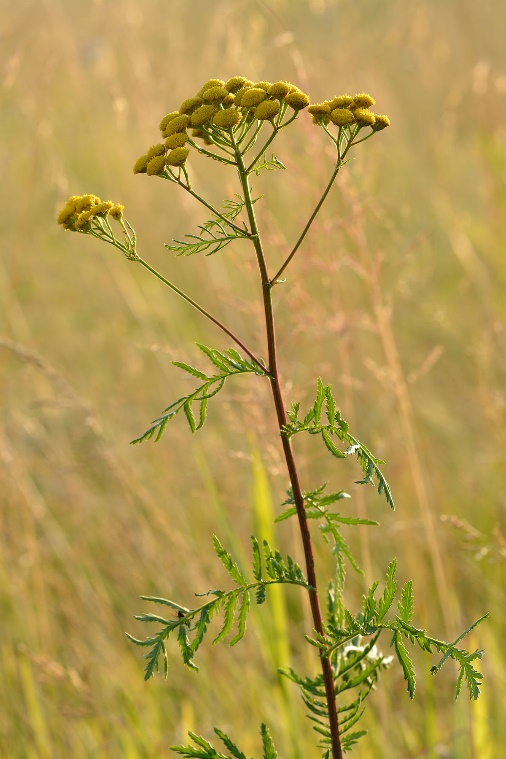36 Outcome 4: Environmental Hazards
Outcome/Competency: You will be able to describe environmental hazards.
Timing: 4h50
Rationale:
Why is it important for you to learn this skill?
Being able to accurately identify and describe environmental hazards can help you adjust your work and behavior to match the environment you are in. This will help keep you safe from environmental hazards and ensure you mitigate the chance for severe injury or death, and mitigate the damage we do to the environment.
Objectives:
To be competent in this area, the individual must be able to:
- Identify and describe environmental hazards and ways to mitigate.
Learning Goals
- Identify and describe environmental hazards and ways to mitigate.
Introduction
This section will cover basic information and mitigation strategies for the following environmental hazards: oil spills, fire conditions, environmentally sensitive areas, wildlife and habitat, birds, native grasslands, heritage resources, spills and releases, and surface water. There will be pass/fail quizzes throughout to confirm understanding.
Instructions:
- Cover the following content in each topic as a group (either reading out loud or independently) then give an opportunity to answer any questions.
- Have students do the review questions independently, then take up answers.
Topic: Oil Spills (5m)
Oil spills can happen due to equipment failure. Heavy equipment being used to work on powerlines can blow seals or hoses causing an oil spill. Another example of a piece of equipment that can produce an oil spill is a transformer. Most transformers contain oil. Transformers can also have seals that leak, though this is rare. The most common reason for transformers to discharge oil is due to a lightning strike or an accident in which the transformer is physically damaged causing it to leak.
When an oil spill is encountered it is very important to contain the spill if safe to do so and notify the proper people immediately.
Topic: Fire Conditions (5m)
Fire conditions can exist anywhere at any time although less likely in the winter. It is important to reference the provincial fire risk map frequently as these maps change as conditions can change rapidly in terms of wildfire risk.
++Care must always be taken when working in fire sensitive areas. Points to consider when working in fire sensitive areas may include mufflers on vehicles in tall grass, any metal inadvertently dragging on road surface causing sparks and cigarette disposal.
Below is a chart of examples of ignition sources and ways to prevent.
Topic: Wildlife and Habitat (5m)
When constructing power lines, wildlife and habitat can be affected by traffic, noise, light, environmental pollutants, and inadvertent litter. Wildlife mating, foraging, and other daily activities may be disturbed by stress. Prior to construction preliminary screening process must be completed by an environmental monitor and reported to the SaskPower Environmental Department to be submitted to the Ministry of Environment.
Topic: Birds (15m)
Birds, nests, and habitat may be destroyed due to construction activities. It is important to remember that nesting season starts April 15 and ends August 15. During this time nests and eggs must not be destroyed. Survey the construction area for nests (nest sweep) before any activity. If nests are observed, there is a nest management procedure that must be followed.
Endangered Species to Watch For
The Piping Plover, Ferruginous Hawk, and Burrowing Owl are species to watch for, but this is by no means an exhaustive list. Here are some images.
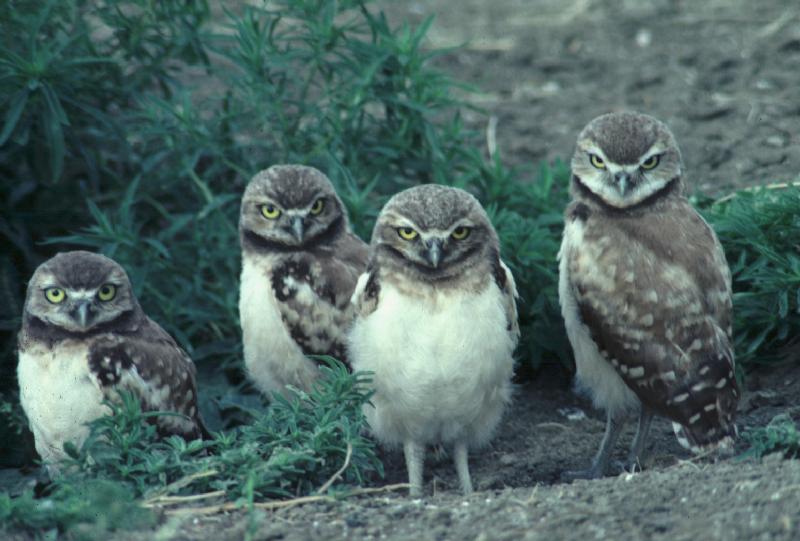
Figure 14 Dailey, all (C) MOE
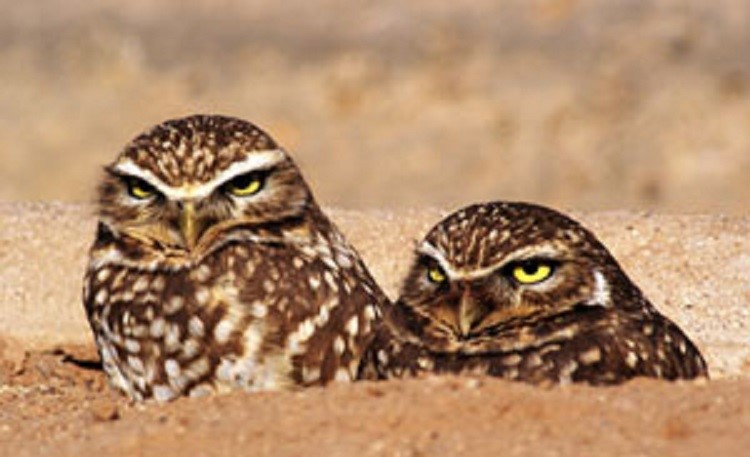
Figure 15 Burrowing Owl, discovermoosejaw.com
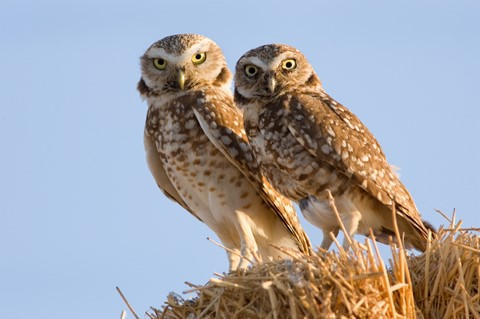
Figure 16 Burrowing Owl, cfw-fcf.org
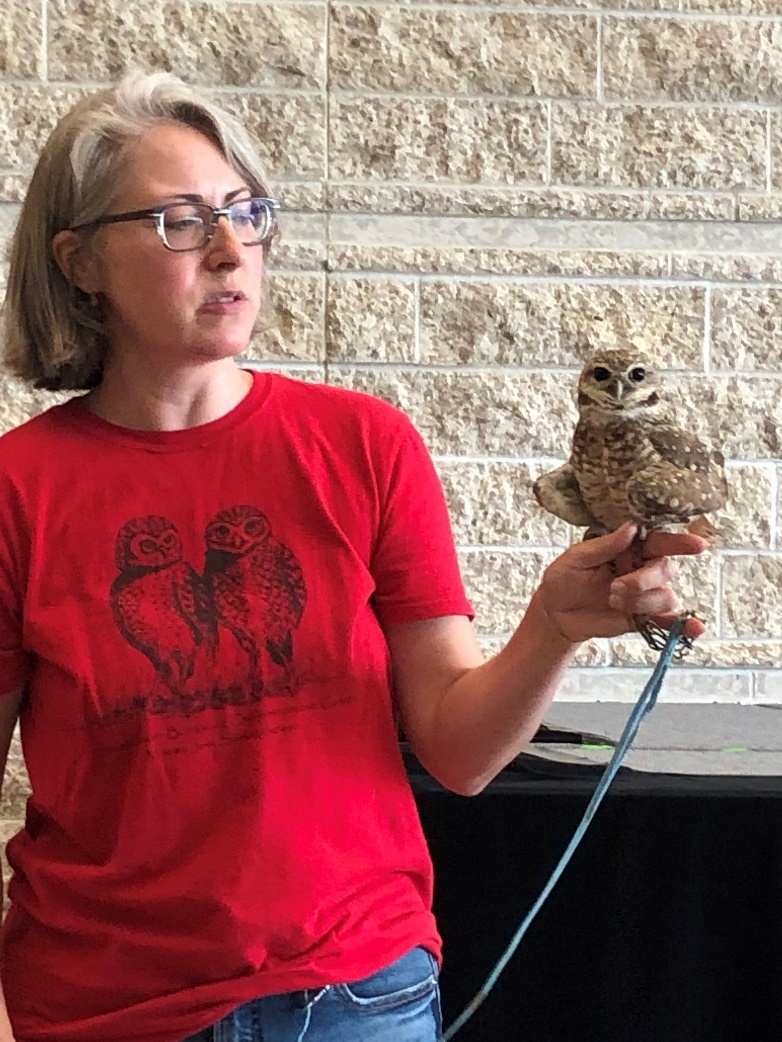
Figure 17 Person from Saskatchewan Burrowing Owl Interpretive Center in Moose Jaw holding Burrowing Owl. For more information see https://www.skburrowingowl.ca/

Figure 18 Ferruginous Hawk, Sheila Lamont (C) CDC
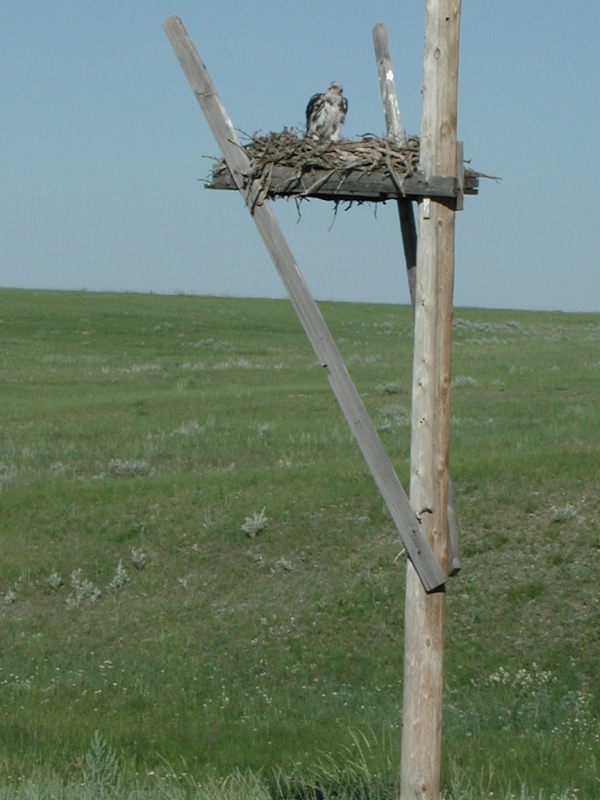
Figure 19 Ferruginous Hawk Manufactured Artificial Habitat, Harris, Wayne (C) Unk.
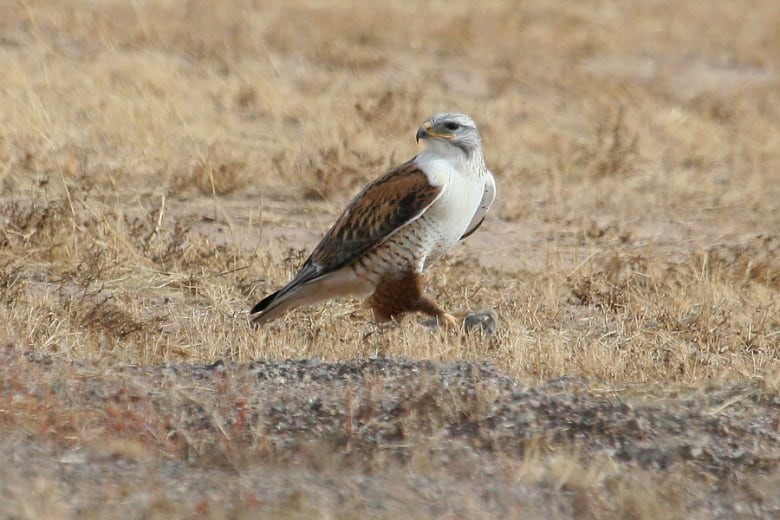
Figure 20 Ferruginous Hawk, cbc.ca
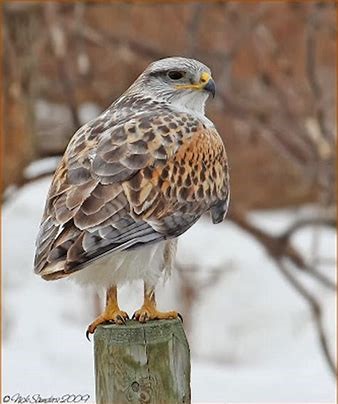
Figure 21 Ferruginous Hawk, saskbirder.com
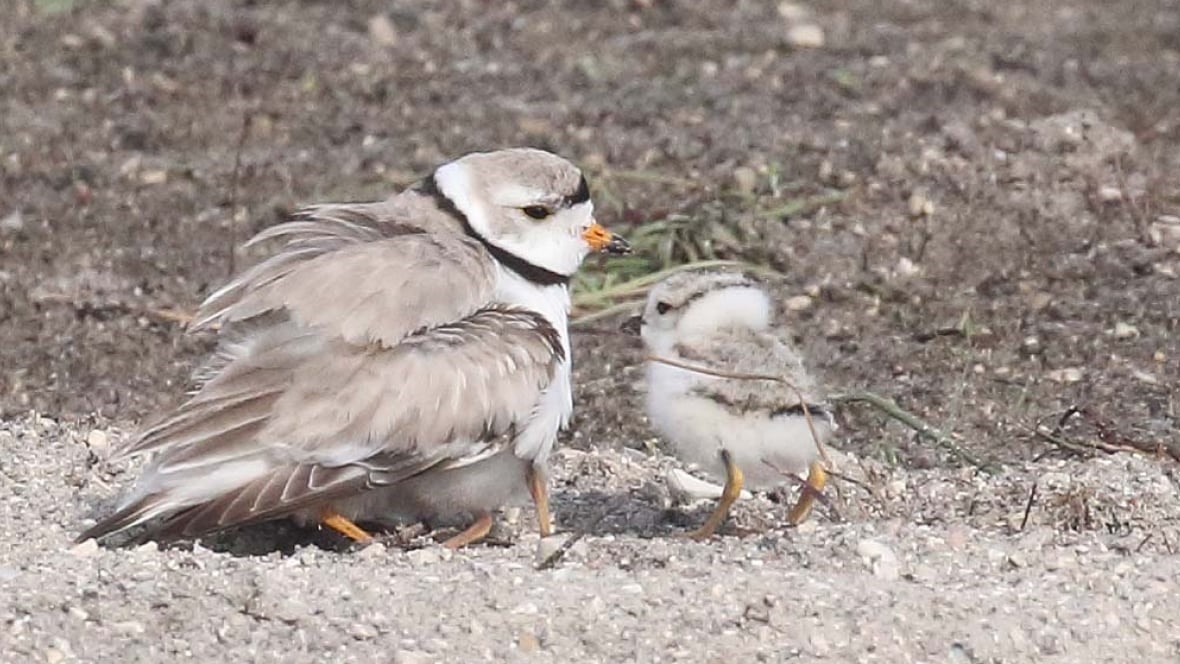
Figure 22 Piping Plover, cbc.ca
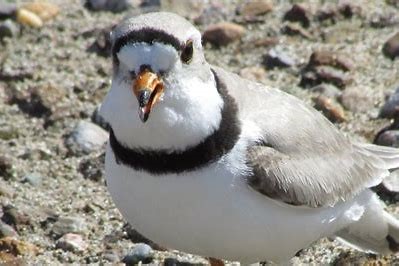
Figure 23 Piping Plover, cbc.ca
Invasive Species
There are some plant species that are not native to Saskatchewan soils and do not have any natural balance. It is possible for these species to take over large areas of land and kill any indigenous plant species, affect crop yield, or cattle production.
Of concern is the clubroot pathogen. Clubroot is a spore (invisible to the naked eye) that lives in the soil and is a declared pest under Saskatchewan’s Pest Control Act. This spore infects the roots of certain crops such as canola seriously affecting crop yield. It is important to clean equipment thoroughly, so this invasive spore is not spread.
Topic: Native Grassland (5m)
The native grasslands of Saskatchewan are part of the Grassland Biome that once stretched from the prairie provinces as far south as Mexico. These grasslands developed under the influence of major interacting forces: climate, fire, and large grazing animals. Grassland ecosystems are composed of plant communities, along with animals, micro-organisms, and environmental factors, all of which interact. Grassland plant communities are dominated by grasses and graminoids (grass-like plants such as sedges.) Trees are absent from climatically determined grassland (steppe), but small shrubs (half-shrubs) can be common. Prairie is a term generally considered synonymous with grassland. Parkland is a mixture of grassland and scattered clumps of trees that occurs in the transitional region between grassland and forest. Construction can have an adverse effect on vegetation through loss or alteration of plant species
and communities and impair growth.2 When possible, new construction will be performed outside of these areas .When work is essential within these areas, consideration must be taken as to time of year. Optimum times for working within the grasslands include during fall or winter on frozen or dry ground conditions.
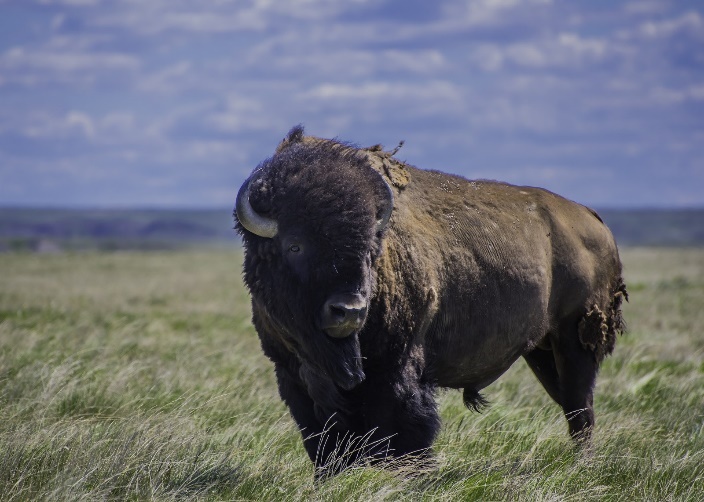
Figure 24 Bison, Tourism Saskatchewan, Grasslands National Park
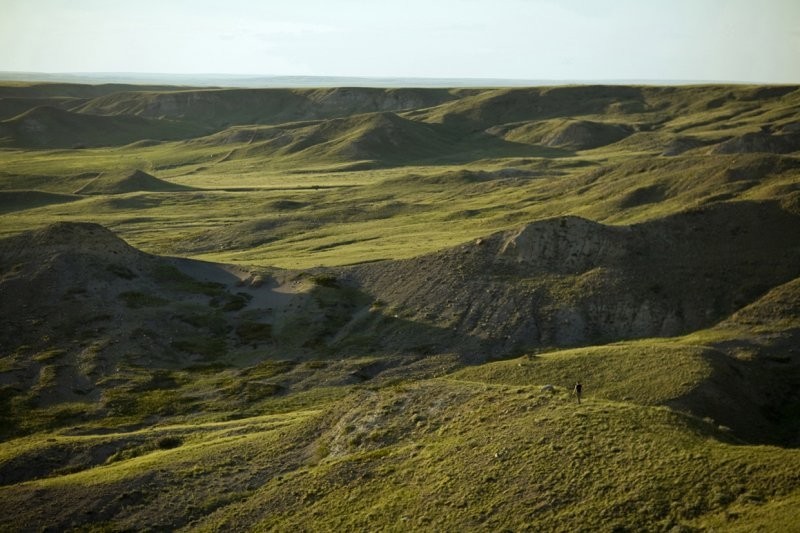
Figure 25 Tourism Saskatchewan, Grassland National Park
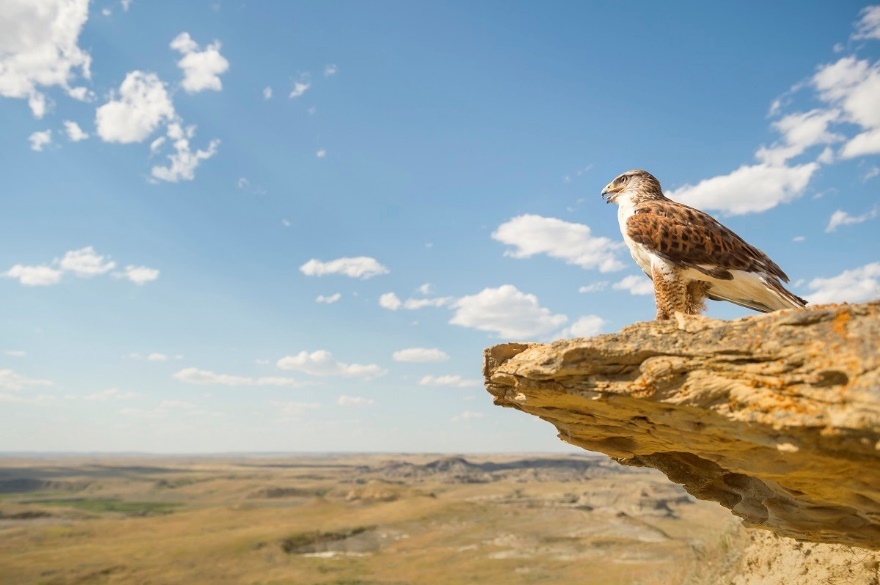
Figure 26 Tourism Saskatchewan, Grassland National Park
Topic: Heritage Resources (10m)
Heritage sites are defined as having camp sites, burial remains, pictographs and other items of cultural significance. There is a list of existing heritage sites covered by the Saskatchewan Heritage Property Act. It is prohibited to disturb the ground or drive through known heritage sites. If suspected heritage sites are discovered, work must be stopped, and the site must be reported to SaskPower for evaluation by an archeological and cultural expert.
Medicinal Plants and Herbs
Wherever you walk outdoors, chances are you have stepped over herbs that are used for medicine. At the indigenous cultural library on White Bear Reserve, there is a vast collection of medicinal herbs gathered from around the province.
Whether you intend on using these medicines or not, it is good to know that when you change the environment in any way, you have an effect important plant species.
Here are only a few of the plant species on display at the museum.
Guest Speaker (4h)
Invite a guest speaker from the Indigenous community to come to the class and speak for half the day about how to interact with the environment in a sustainable and healthy way. Before the guest speaker comes in, spend 1h preparing students and having them come up with questions they want to ask. Have the guest speaker come and provide a 1h talk and then provide 1h of questions and conversation. After the guest has left, spend 1h discussing what the class learned, how the content met or didn’t meet their expectations, and how it will change how they interact with the environment in the future.
|
Cedar |
A sacred medicine with lots of vitamin c and burned in a smudge to keep bad things out of a circle.
|
|
|
White poplar fungus |
Made into powder, then into a tea which was drunk as medicine for treating headache pain. Also rotted poplar fungus was added to smudge and believed to chase bad spirits from one’s body.
|
|
|
Plantain |
These leaves were crushed and applied to wounds. The seeds are toasted and eaten and are said to reduce blood cholesterol.
|
|
|
Thistle Root |
This was mashed and boiled into a thick juice. It was then dropped into an aching ear or held in the mouth for tooth aches.
|
|
|
Opium Lettuce |
The dry stem and leaves and Opium Lettuce is used for whooping cough, asthma, urinary trach problem, cough, trouble sleeping, restlessness, menstrual periods. This is powerful non opiate pain killer.
|
|
|
Golden Rod |
Golden rod is used to reduce pain and swelling, as a diuretic to increase urine flow, and stop muscle spasms. It is good to relieve gout, arthritis, and eczema.
|
|
|
Sneezeweed |
The dried, nearly mature flower heads are used in a powdered form as a snuff to treat colds and headache. When made into a tea they are used to treat intestinal worms
|
|
|
Yellow Daisy |
The parts that grow above the ground are used to make medicinal tea. People take wild daisy tea for coughs and bronchitis. It has a purifying effect on the blood, and is a good astringent (drying agent.)
|
|
|
Water Smartweed |
The young shoots are used as relish and used as hunting medicine. They would use the flower heads as bait when trout fishing and smoke from the leaves of the plant was thought to attract deer to hunters. A poultice of freshly gathered roots was used on mouth ulcers, and an infusion of the dried roots was given as a remedy for chest colds.
|
|
|
Showy Aster |
Used to treat colds, rheumatism, nervous debility, headache, pains in the stomach, dizziness, and menstrual irregularities.
|
|
|
Cat-tail roots |
These are ground into flour for pancakes, biscuits, Bannock. They can also be toasted beside a fire and taste like a baked potato when done.
|
|
|
White Female Sage |
This is a sacred medicine used in the medicine bath. Ojibwa women wash their hair with this to make it shiny. It is burned in smidge to bring good spirits to the circle.
|
|
|
Muskeg Tea |
This is gathered all year round and makes a tasty red tea. It usually grows near spruce or pine in low damp soil. It is said to help people relax.
|
|
|
Sweet Grass |
This is a sacred medicine used in a smudge to clean one’s spirit this making it pure before prayer. It was also made into baskets and drank as tea for sore throats.
|
|
|
Tansy |
The parts of the tansy plant that grow above ground are used to make medicine. Tansy is used for digestive tract problems including stomach and intestinal ulcers, certain gallbladder conditions, gas and bloating, stomachache, stomach spasms, and poor appetite.
|
|
Review Exercises: Environmental Hazards (15m)
1. (T / F ) Heritage sites are defined as having camp sites, burial remains, pictographs and other items of cultural significance.
2. It is important to remember that nesting season starts and ends
April 15 – August 15
March 30 – August 30
August 15 – April 15
Birds nest throughout the year.
3. ( T / F ) When artifacts are found, you must dig them up and remove them to a safe location.
Answer Key
1. T, 2. A, 3. F
